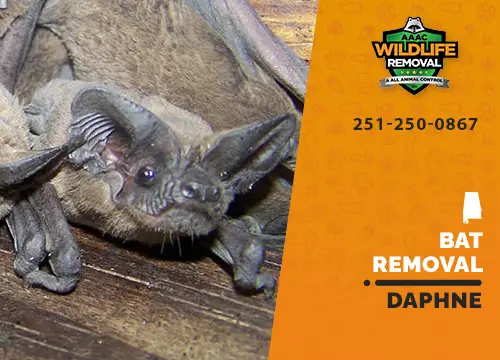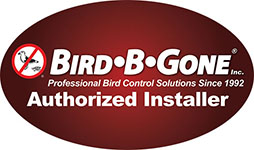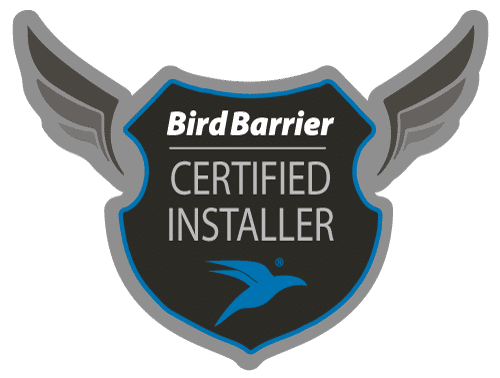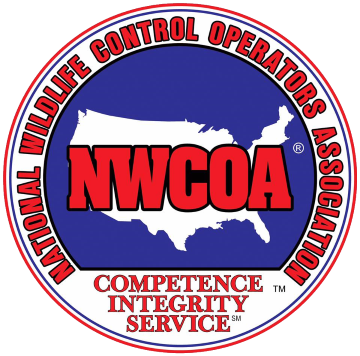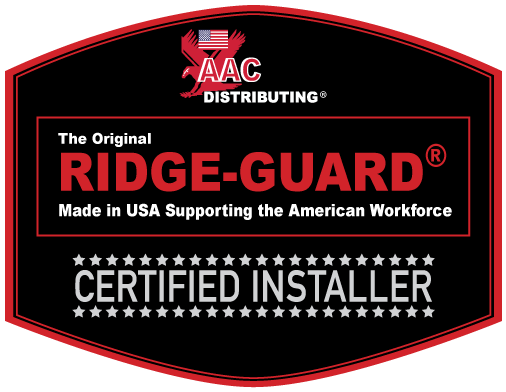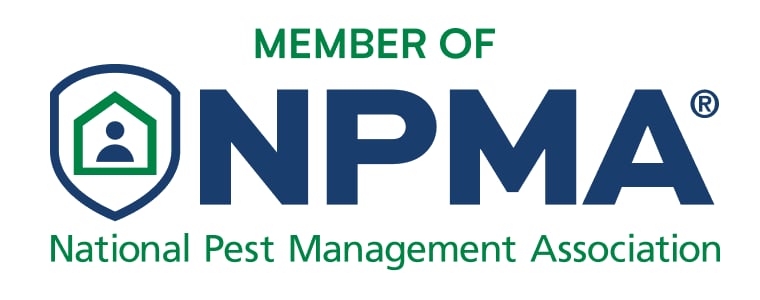Bats are good for the environment because they consume a lot of insects every night, which could otherwise cause damage to crops and other vegetation. Bat colonies can be a problem if they start to roost in attics of homes and leave droppings on the walls and floor. AAAC Wildlife Removal can help you get rid of bats in your home or attic.
We offer safe, humane, and effective wildlife control services to keep Daphne homes free of the smell of guano (bat droppings) and prevent infection or disease caused by bats nesting in your home’s walls or attic. We’re also experts at repairing damage left behind when we remove a colony from your house; we make sure everything is back to its original state before we leave.

Daphne Bat Removal
Bats are night-flying creatures so they will likely be visible at night. If there’s a colony living in your attic or walls and leaving droppings behind, it can be pretty disturbing to see them flying around your house. Plus, they carry diseases that could potentially hurt people and spread through their waste products, like bat guano.
Once you’ve confirmed a bat problem, it’s time to call for help from experts; if left untreated, these animals can cause serious damage and pose health risks. Bats may look harmless, but their guano is full of dangerous spores that can lead to histoplasmosis – an infection which often leads to flu-like symptoms at first with more severe respiratory issues later on down the road. If you have any questions about bat control or handling of a bat problem, contact AAAC Wildlife Removal for information and assistance.
Bat Extermination vs. Bat Removal
Learning of bats in your home can be unnerving and your first instinct might be to call the nearest pest control available, However, killing bats is illegal in Alabama. Alabama law protects bats. They can’t be killed unless they pose a danger to human health and safety. It is essential that you consult a licensed bat removal company. This will ensure that the bats are safely and humanely removed from your home.

Bat Damage
Bat guano and urine can compromise the integrity of your house’s structure – It can cause wood rot and lead to structural damage. It can also cause stains on ceilings and walls, which can be very unsightly. In addition, the weight of guano build up can also cause ceiling cave ins, which can lead to expensive repairs. This is why it’s important to deal with bat guano right away; the longer you wait, the more damage they’ll do to your home.
Bat Exclusion
The best method of bat removal in Daphne is to seal up any areas that the bats might be using as entry points. This is known as exclusion. It ensures that bats won’t return to your home after they have been removed from their existing roosting areas. Bat exclusion can be a complex process that requires a thorough inspection of all areas where bats may be entering your home.
These entry points could include vents, chimneys, gaps beneath garage doors, or under eaves. Even tiny holes as small as a quarter inch. Once these locations have been identified by our bat removal specialist we will take steps to ensure that they are sealed off so no other bats can get inside your home.

Removing Bats in the Attic
Bat removal from Daphne homes is a complex task that requires expertise and attention to detail. It’s important to know how much damage is being caused by the bats roosting in your attic and just as crucial, knowing what species of bat you’re dealing with so that you know how to safely and humanely remove them.
Our team has years of experience dealing with all sorts of wild animals, and we are fully licensed to remove bats in Daphne homes. Bats should be handled by professionals who are experienced in dealing with them. They are not like other pests that can be killed or swatted away without consequences. AAAC Wildlife Removal is available to help you if you have a bat problem.
This is how we handle bat exclusions:
- We spend a great deal of time identifying bat entry points and then sealing them shut
- We set up one-way doors so that bats can exit but not reenter the building
- Double check that all bats are excluded and out of your home
- We then seal all entry points with steel wool or mesh screens to prevent re-entry
- After this, we go through and do a thorough clean-up of any guano left in the attic or walls.
- Proceed with replacement of soiled insulation.
- Repair of wildlife damage, both inside and outside of the home.
The first step we take is to spend a great deal of time identifying bat entry points. Ensuring that there aren’t any other points of entry is essential to prevent future infestations. Next, you will need to install one-way doors that allow bats to exit your home but not return in. This is a humane and safe way to get rid of bats.
To prevent any accidental contact with bats, we double-check that all bats have left your home. We seal all entrance points with steel wool and mesh screens to stop bats from entering again.
Next is to do a thorough clean-up using professional grade cleaners and sanitizers for any fecal matters left behind by the bats in your home’s floor and insulation. We go through great lengths to ensure that your home is free of any odors and guano. Fogging with enzyme cleaner is also done after the insulation has been removed to make sure every nook and cranny is disinfected.
After the attic has been thoroughly cleaned and disinfected we can begin to look at wildlife damage. We’ll fix any damage they may have done inside or outside of your home to make your house look like new again.
Dangers of DIY Bat Removal
Bats are are known reservoirs of deadly viruses like rabies, leptospirosis, Tioman virus, Nipah Virus and corona virus among others. Their guano is also toxic and can infect humans with histoplasmosis.
Histoplasmosis is the most common disease (besides rabies) associated with bats and can be fatal if contracted by people – especially those with compromised immune systems – which includes young children, elderly people, and pregnant women. One should never attempt to remove bats from on their own because of this reason.
FAQs
What is guano?
Guano refers to bat droppings or faeces. These droppings are a major cause of Histoplasmosis disease which is contracted from breathing in dust that comes from dried guano and can also causes stains on ceilings if the bats have been living there for some time.
Is guano harmful?
Yes. Yes. If left untreated, histoplasmosis can lead to death from breathing in dust made up of dried bat feces. It is not advised to remove them yourself as you could contract the disease.
Is it safe to remove bats myself?
Many people will attempt to remove these creatures by themselves out of cost. This is dangerous and dangerous. Bats can transmit rabies and other zoonotic disease(human transferable). It’s not worth the risk to try and remove them on your own as the health risks are too great. Also, one must remember that one does need permits for handling these animals for any kind of relocation. We highly recommend having a professional handle the job instead of attempting it yourself as time taken is way less than medical expenses and other costs that come with contracting these diseases from bats.
Other Services in Daphne
[page-generator-pro-related-links group_id=”3130,3129″ post_type=”aaaclocations” post_parent=”Daphne” output_type=”list_links_bullet” columns=”2″ link_title=”%title%” link_anchor_title=”%title%” link_display_alignment=”vertical”]
[page-generator-pro-related-links group_id=”3128″ post_type=”page” post_status=”publish” post_parent=”daphne” output_type=”list_links” limit=”0″ columns=”3″ orderby=”name” order=”asc”]
Daphne
About Daphne
Daphne is a city in Baldwin County, Alabama, United States, on the eastern shoreline of Mobile Bay. The city is located along I-10, 11 miles east of Mobile and 170 miles southwest of the state capital of Montgomery. Wikipedia
Top Sights
[page-generator-pro-related-links post_type=”aaaclocations” output_type=”prev_next” columns=”3″ delimiter=” – ” link_title=”%title%” link_anchor_title=”%title%” link_display_alignment=”vertical” parent_title=”Daphne Wildlife Removal” next_title=”%title%” prev_title=”%title%”]

